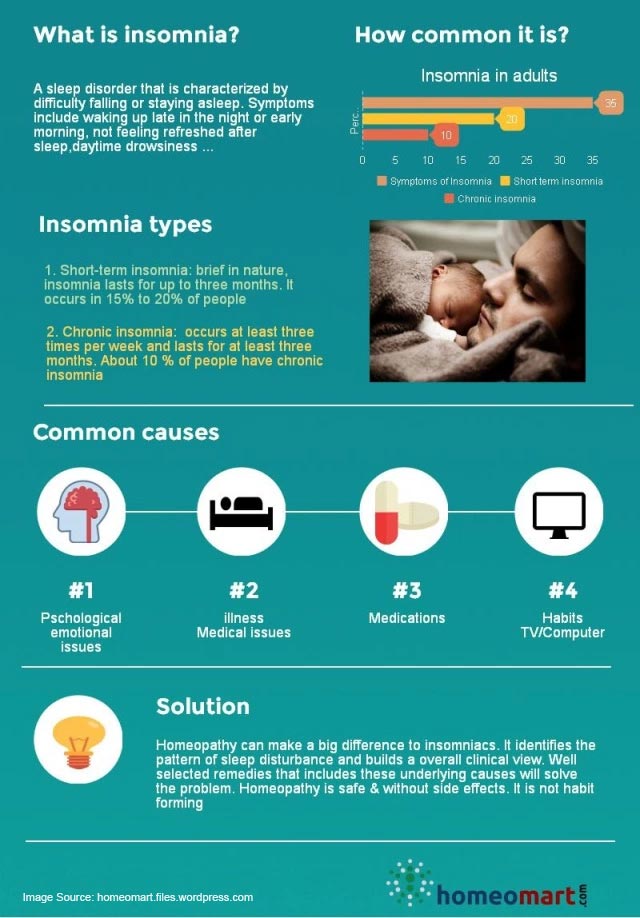

Hence, sleep disorders in adolescents are not simply a transient problem but tend to become chronic, sometimes even reaching into adulthood. 8, 9 Different studies show that teenagers do not necessarily grow out of their sleep disorder. 3, 6Īccording to studies that have incorporated stringent criteria, approximately 30% of adolescents between the ages of 13 and 25 years suffered from a sleep disorder 7 and approximately 4% to 9.5% from insomnia. Depending on the applied definitions epidemiological surveys estimate that the prevalence of any type of insomnia in adolescents varies between 2.1% and 60%. This is due to several factors: first, the lack of consistent standards defining the disorder second, the investigation of different age-groups, and third, the use of different approaches concerning the evaluation of co-morbid medical and psychiatric disorders in epidemiological surveys. Prevalence estimations of insomnia in adolescents vary considerably.
:max_bytes(150000):strip_icc()/can-sleep-deprivation-cause-hallucinations-30146691-5c82c4e7c9e77c00010c21d0.gif)
This rise in risk is attributed to numerous factors, such as biological maturing of the sleep-wake cycle or psychosocial changes during puberty (eg, increase in academic and social demands and opportunities, poor life habits). The risk of suffering from sleep disturbances and concomitant daytime consequences increases during adolescence. 1 Hence, sleep disorders affect not only adults but also teenagers. In recent years a growing number of clinicians have reported incidences of insomnia, narcolepsy, apnea, and delayed sleep phases in adolescents. Insomnia is undoubtedly one of the more common disorders of modern life. Randomized controlled studies are needed to evaluate the efficacy of this new approach to treat insomnia in adolescents. First results show that the treatment was well accepted by the adolescents and their parents and led to a significant reduction in sleep problems, such as sleep onset, sleep efficacy, sleep duration, and feeling rested as well as in cognitive parameters, such as ruminations and mental health. Eighteen adolescents and their parents participated in a psychological short-term treatment comprising six sessions. In this study an age-oriented treatment program for adolescents (JuSt) was developed and evaluated. Special programs for adolescents are lacking.

Behavioral therapy for insomnia is the treatment of first choice, encompassing education about sleep and sleep hygiene, stimulus control, relaxation techniques, and cognitive strategies to combat nocturnal ruminations. A number of studies have evaluated the efficacy of the management of chronic insomnia in adults. Insomnia is the most prevalent sleep disorder in adolescents.


 0 kommentar(er)
0 kommentar(er)
